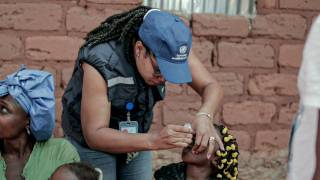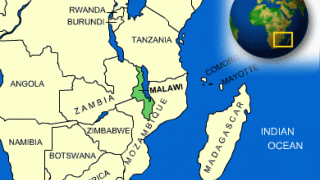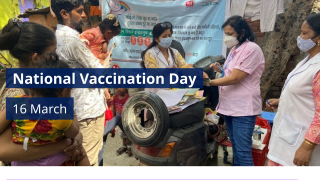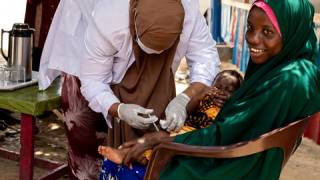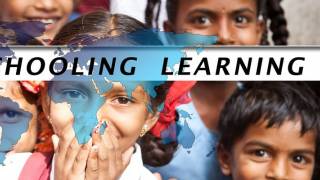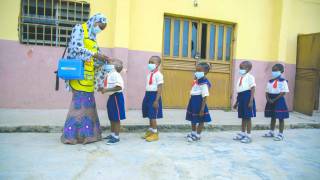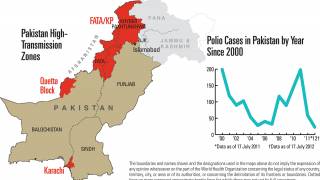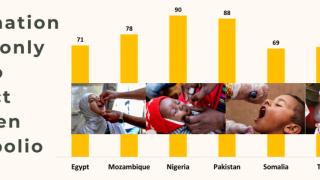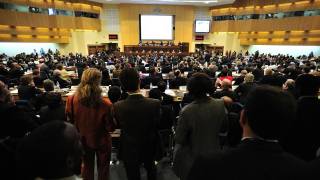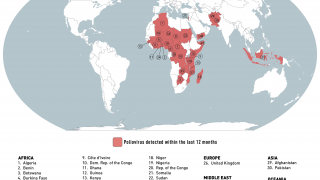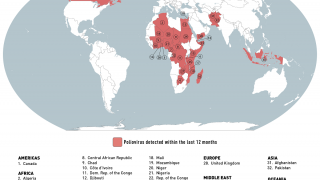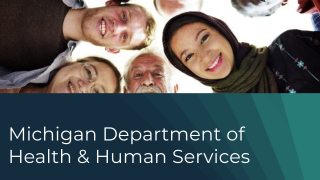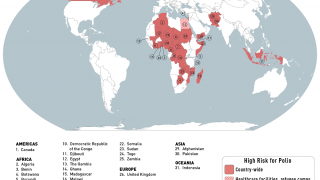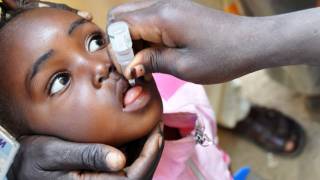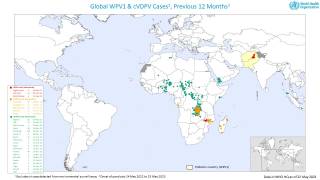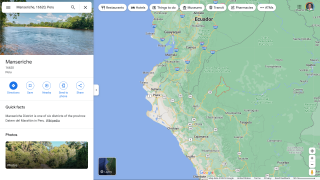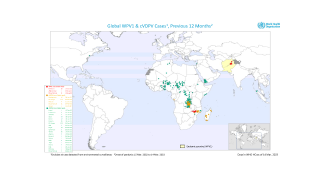Polio Vaccination Doubts Remain
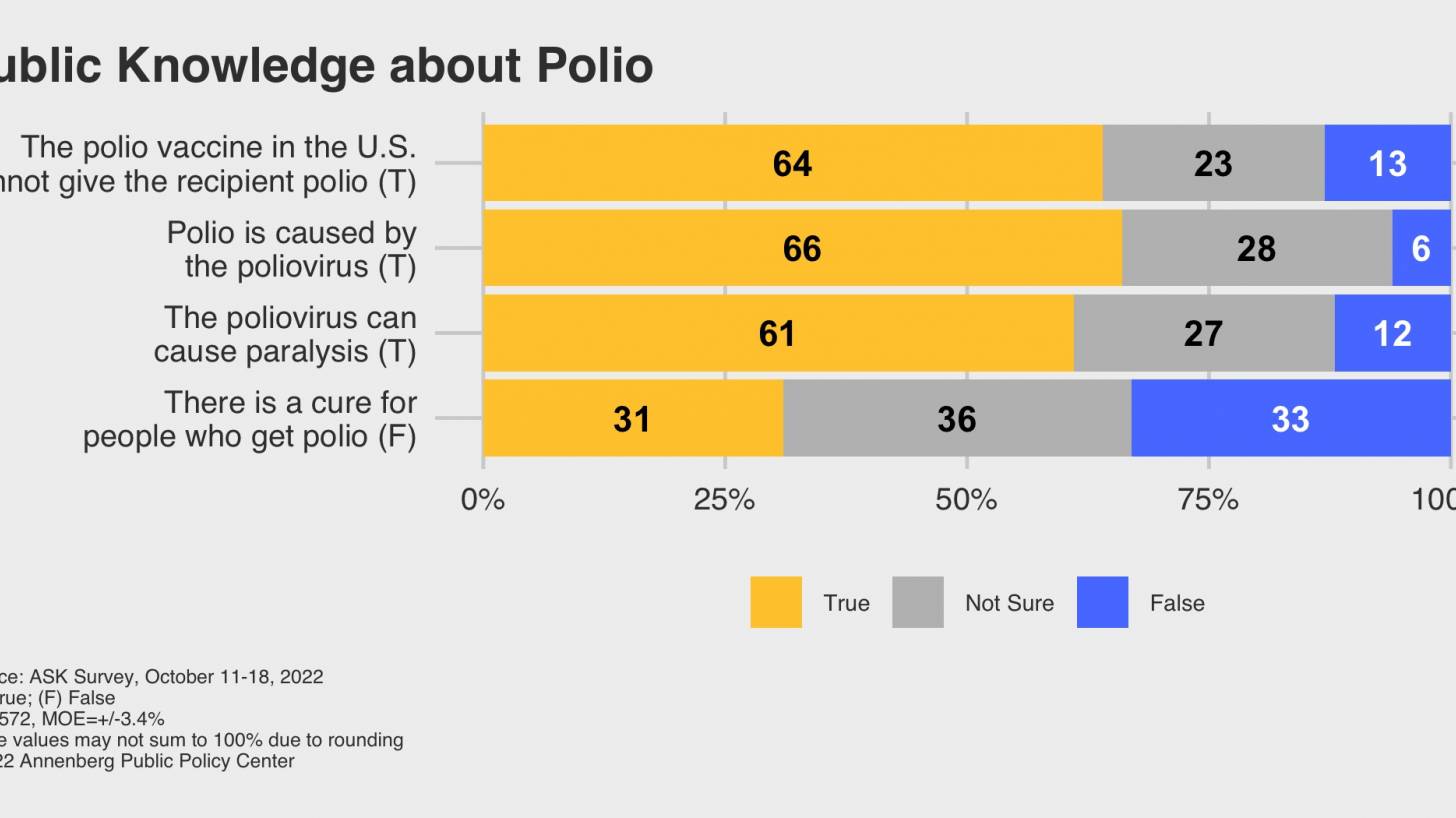
Polio was once a feared disease in the U.S. but was eradicated through an effective and safe vaccination program over the past decades, according to the U.S. Centers for Disease Control and Prevention (CDC).
However, the Governor of New York recently extended Executive Order 21.1 until early November 2022 because genetically related poliovirus had been detected in wastewater collected from Kings, Nassau, Orange, Queens, Rockland, and Sullivan counties.
To confirm New York's findings, the CDC verified poliovirus presence (since April 2022) in 57 positive wastewater samples of concern in various counties.
Despite this renewed health threat, the latest Annenberg Science Knowledge (ASK) national panel survey conducted in October 2022 by the Annenberg Public Policy Center finds that a sizable portion of the U.S. public is unfamiliar with the risks of polio.
Among the ASK findings were the following:
Only 33% of adults know there is no cure for polio,
And 22% do not know whether they've been vaccinated against polio.
"The victory over polio is one of the great medical achievements of the 20th century," said Kathleen Hall Jamieson, director of the Annenberg Public Policy Center, in a press release on November 17, 2022.
"It would be tragic if under-vaccination were to jeopardize that accomplishment."
What the public knows about polio:
The latest ASK survey finds that much of the U.S. public knows about certain polio aspects. However, there are substantial levels of uncertainty, such as:
Two-thirds of those surveyed (66%) know it is true that polio is caused by the poliovirus, though 28% are not sure if this is true.
64% know it is true that the polio vaccine administered in the U.S. cannot give a recipient polio, though 23% are not sure.
61% know the poliovirus can cause paralysis, though 27% are unsure.
But only a third of those surveyed (33%) know there is no cure for polio; 31% incorrectly think there is a cure and 36% are unsure.
Most of the survey respondents are unsure about practices that would put a person at higher risk for contracting polio:
Less than a third know that people are at higher risk of infection with poliovirus if they are in contact with droplets or sneezes from an infected person. But 58% are not sure.
And just 25% know that people are at higher risk of infection with poliovirus if they consume contaminated food or water, while over half (58%) are not sure.
Just a quarter know a person is at higher risk of infection with poliovirus if they are in contact with the stool of an infected person, while two-thirds (65%) are not sure.
The nationally representative panel of 1,572 U.S. adults surveyed by SSRS for the Annenberg Public Policy Center of the University of Pennsylvania from October 11-18, 2022, was the ninth wave of an Annenberg Science Knowledge survey whose respondents were first empaneled in April 2021. The margin of sampling error is ± 3.4 percentage points at the 95% confidence level.
See the Annenberg Public Policy Center's project FactCheck.org for more information on polio.
Since 2000, only an inactivated polio vaccine (IPV) has been used in the U.S., while the oral polio vaccine remains in use globally. Additional polio vaccine information is posted at PrecisionVaccinations.com/Polio.
PrecisionVaccinations publishes fact-checker, research-based vaccine news manually curated for mobile readers.
Our Trust Standards: Medical Advisory Committee


